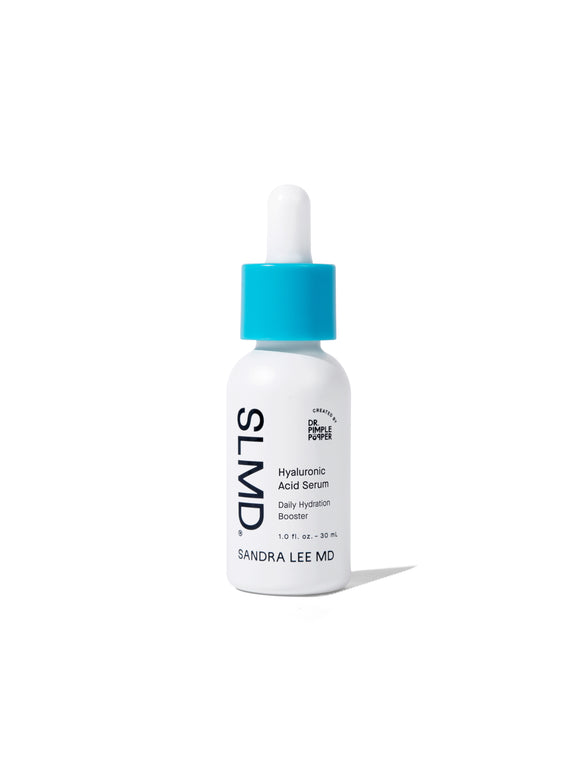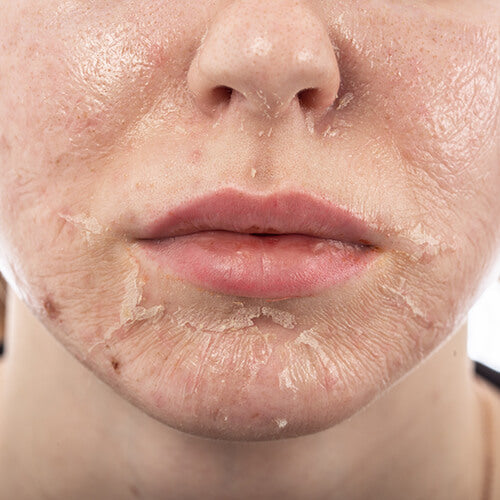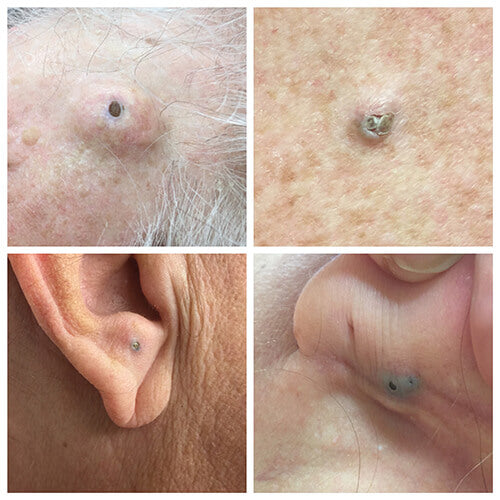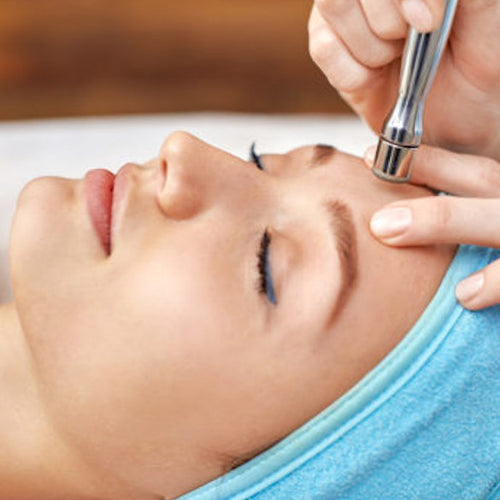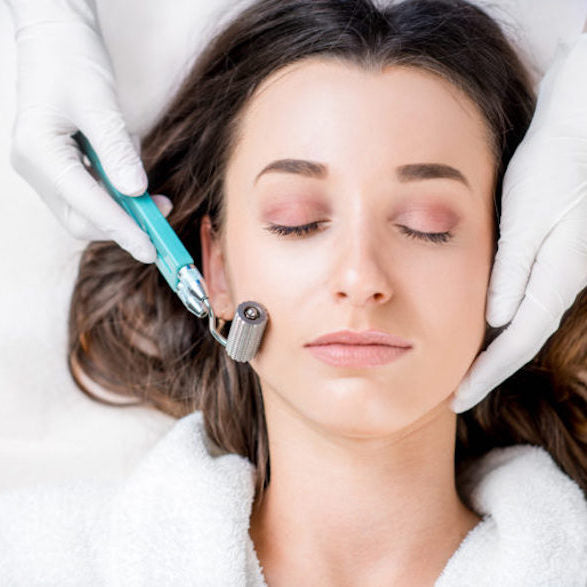
Can Microneedling Really Help You Get Younger-Looking Skin?
Chances are, you’ve experienced your fair share of breakouts — you might even have the scars to prove it. Couple that with the appearance of wrinkles as you get older, and you may find yourself looking for a treatment that tackles both of these skin issues. Enter microneedling. What is microneedling? Also known as collagen induction…
Published:
3 minute read
Chances are, you’ve experienced your fair share of breakouts — you might even have the scars to prove it. Couple that with the appearance of wrinkles as you get older, and you may find yourself looking for a treatment that tackles both of these skin issues. Enter microneedling.
What is microneedling?
Also known as collagen induction therapy, microneedling is a non-surgical procedure that can shrink the size of your pores, wrinkles, and acne scars and treat dark spots, stretch marks, and uneven skin tone. Microneedling can be performed on the face, neck, chest, arms, hands, legs, stomach, and back.
While there’s no downtime, microneedling can cause some pain depending where on the body it’s done. During the procedure, your dermatologist or esthetician will use a tool containing lots of teeny-tiny needles to create teeny-tiny holes in your skin. This stimulates your skin to create collagen to heal itself.
If you’ve heard about collagen, but aren’t entirely sure what it is — it’s a protein naturally found in your skin, responsible for how smooth and plump it looks. Your skin starts to naturally lose collagen as you age, which leads to thinner and looser skin. Microneedling is a noninvasive option to combat that, and an alternative for those considering dermal fillers.
Microneedling also has another benefit: Those tiny holes created in your skin allow skincare products to be better absorbed. That’s why whoever’s performing the procedure will likely apply a potent serum afterwards.
What to expect from a microneedling session?
First things first, be sure to visit a board-certified dermatologist or licensed esthetician for any sort of skin procedure. Estheticians can perform microneedling procedures but, according to FDA guidelines, they can only use microneedling devices of less than 0.3 mm that do not make medical claims.
You should avoid microneedling if you have vitiligo, are prone to keloids (raised scars), currently have an active skin infection like herpes, or have taken oral isotretinoin (a med used for severe acne) in the last six months.
Expect to spend anywhere from 30 to 60 minutes at the office for a microneedling treatment. When you arrive, the person performing the microneedling may apply a topical anesthetic to help prevent discomfort, depending on how deep they intend on puncturing your skin. People report that the needle pricks typically feel like sandpaper rubbing against your skin — but it becomes more uncomfortable the deeper the needles are inserted.
Once the numbing cream kicks in, your microneedling session will last anywhere from 15-30 minutes, depending on what area you’re having treated. The microneedling device has a high-speed motor, meaning the needle penetration happens lightening fast — hence why you won’t really notice that you’re being pricked with needles.
Some devices are derma rollers (like the one pictured above), others are micropens (like the one shown below). Generally speaking, most rollers have needles that reach a depth of 0.25 to 0.50 mm. Micropens can penetrate the skin more deeply, even 1 mm or more, if need be.
Although there’s no downtime after microneedling, your skin may look red post-treatment (almost like it’s sunburned) and you may also experience slight swelling and tenderness. If you’ve had deeper needle pricks, you may even notice pinpoint bleeding, but this will usually go away within a couple of days. Whatever shape your skin is in, you can use makeup immediately to cover up any redness.
What happens after I survive my first microneedling treatment?
If you have any discomfort after microneedling, use a cool compress to ease the pain and be diligent with your sun protection — use a moisturizer with SPF so it’s a no brainer, easy part of your daily routine. Steer clear of using anything abrasive on your skin the first few days after your treatment. You should expect to see results in your skin a few days after your treatment. Experts usually recommend a microneedling session every three to six months if your skin is generally in good shape, and one session each month (for four to six months) if you’re dealing with more severe acne scarring.





